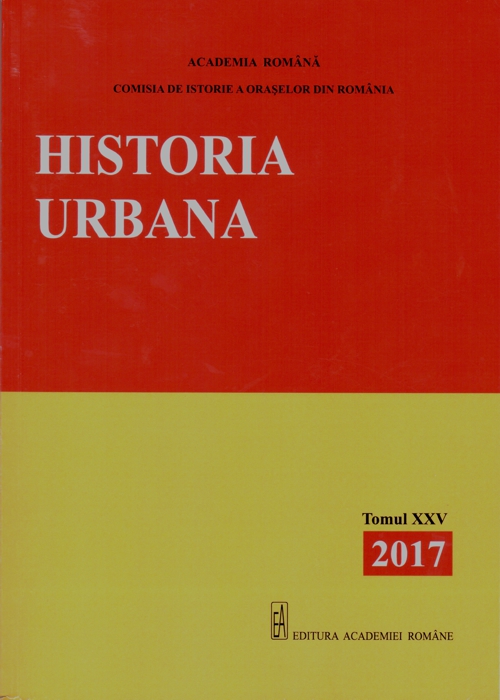Cioplirea pietrei și modalități de folosire a ipsosului în vechea Școală de Stat de Arte și Meserii pentru Cioplirea și Șlefuirea Pietrei din Zlatna între anii 1894–1918
Carving Stone and Ways to Use Plaster in the Old Arts and Crafts State School for Stone Carving in Zlatna between 1894–1918
Author(s): Miklós SzékelySubject(s): Visual Arts
Published by: Editura Academiei Române
Keywords: architecture; industrial education; vocational education; modelling; plaster cast; plaster cast collection;
Summary/Abstract: The former Arts and Crafts State School for Carving and Sanding Stone in Zalatna (today: Zlatna, Romania) preserved its plaster cast collection for about seventy years. The school was operating at the turn of the century and served the Gründerzeit’s building industry’s need for stone carvers. Its stone grinding activity has been the first and only educational activity of this kind in historic Hungary. Along with the new Hungarian economy at the turn of the century, many of the industrial schools in Transylvania were generally based on local traditions and the available raw materials. Wood and metal industrial schools were predominant in the modern national industrial educational system with such institutions in Arad, Timișoara / Temesvár, Cluj / Kolozsvár and Târgu Mureș / Marosvásárhely, a wood carving school in Brașov / Brassó, stone and clay industrial schools in Odorheiu Secuiesc / Székelyudvarhely and the school in Zalatna. Here, once they finished their studies, the students were employed mainly by architectural and stone mining companies based in Transylvania and in the Banat region of Hungary. The school’s educational collection is comprised of plaster casts, clay samples and carved stone models. This collection illustrates the extraordinary unity of the school’s fin de siecle use of plaster for educational purposes. The plaster casts can be divided into three main groups. The first is comprised of prefabricated plaster cast from Vienna’s Museum of Angewandte Kunst (MAK) and the Budapest based Institute of Pedagogy. The second group includes the models made by the students during modelling courses which preceded stone carving classes. The third group reflects the educational reform of architect Géza Gréb, the second director of the school from 1908 who introduced the modelling of minimalized architectural structures (vaults, staircases, etc.) in the practical training of stone carvers.
Journal: Historia Urbana
- Issue Year: XXV/2017
- Issue No: 25
- Page Range: 235-259
- Page Count: 26
- Language: Romanian
- Content File-PDF

